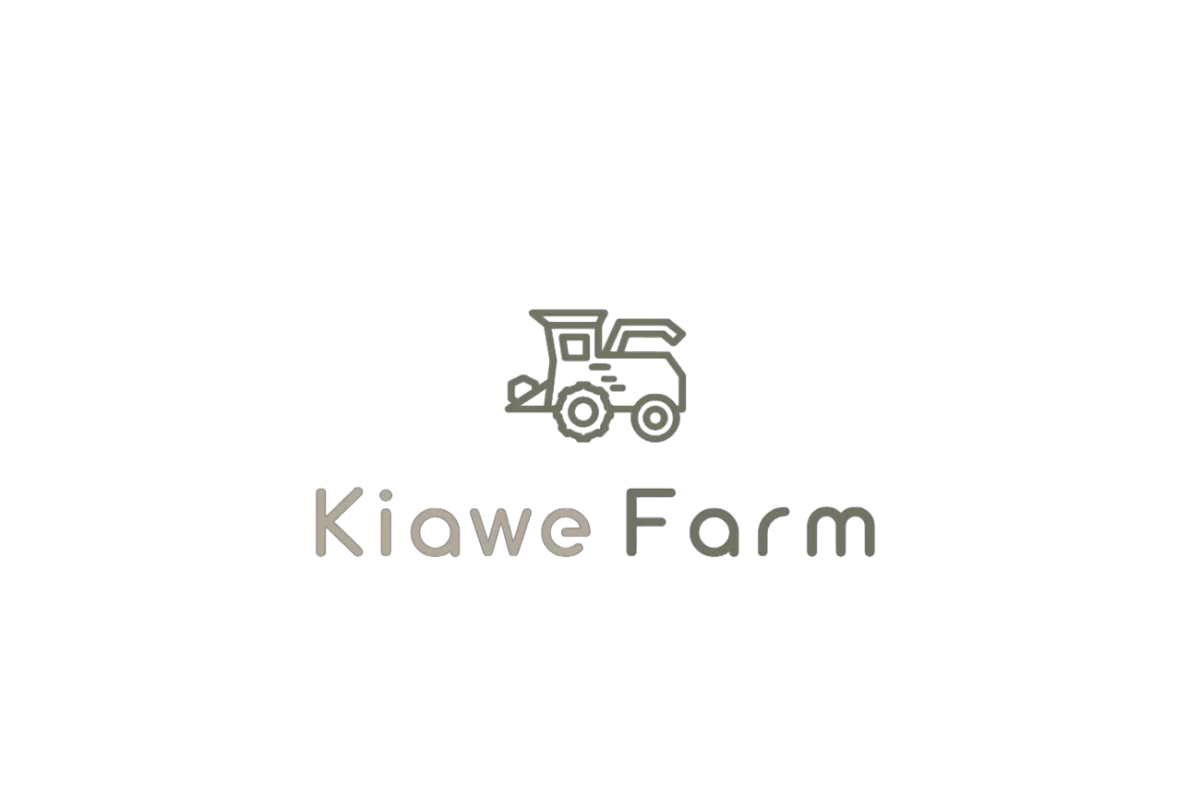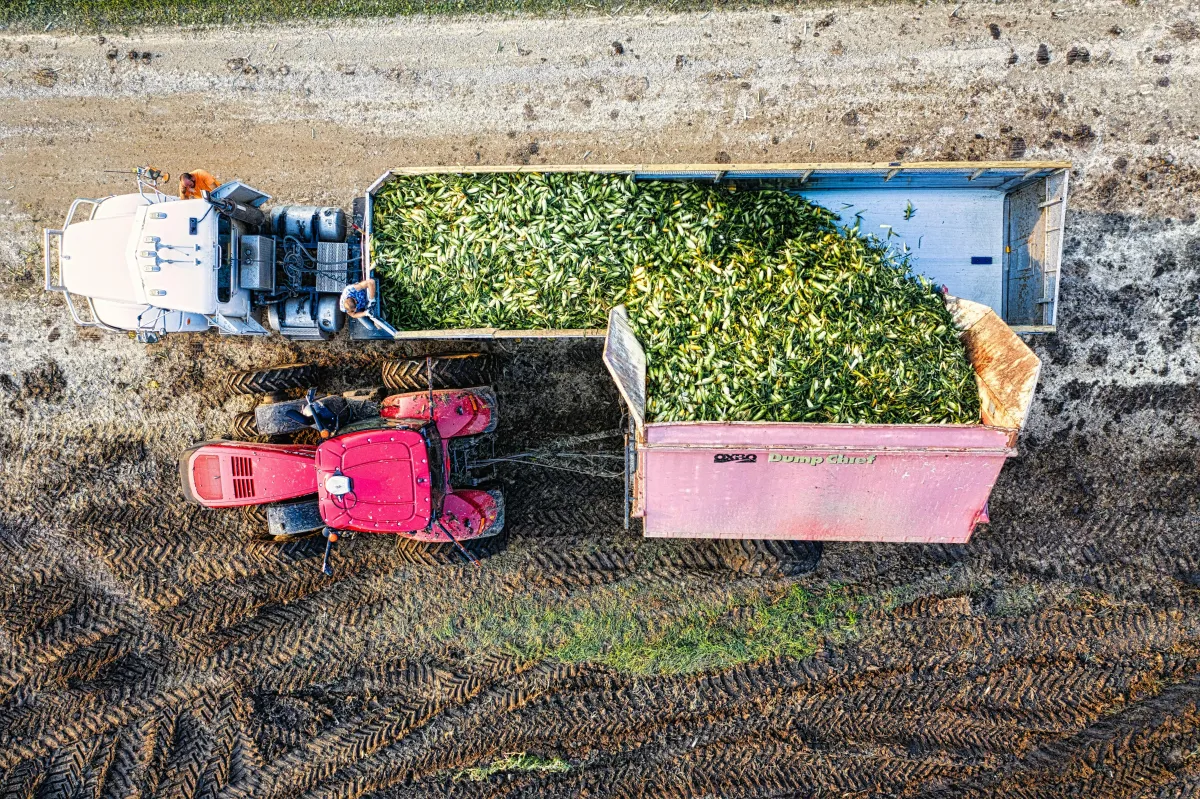Farming Services
Maximizing your farm's potential by expertly managing the entire agricultural process.
We provide comprehensive support across land preparation, harvesting, post-harvest management,
and material handling, so you can focus on a successful outcome.
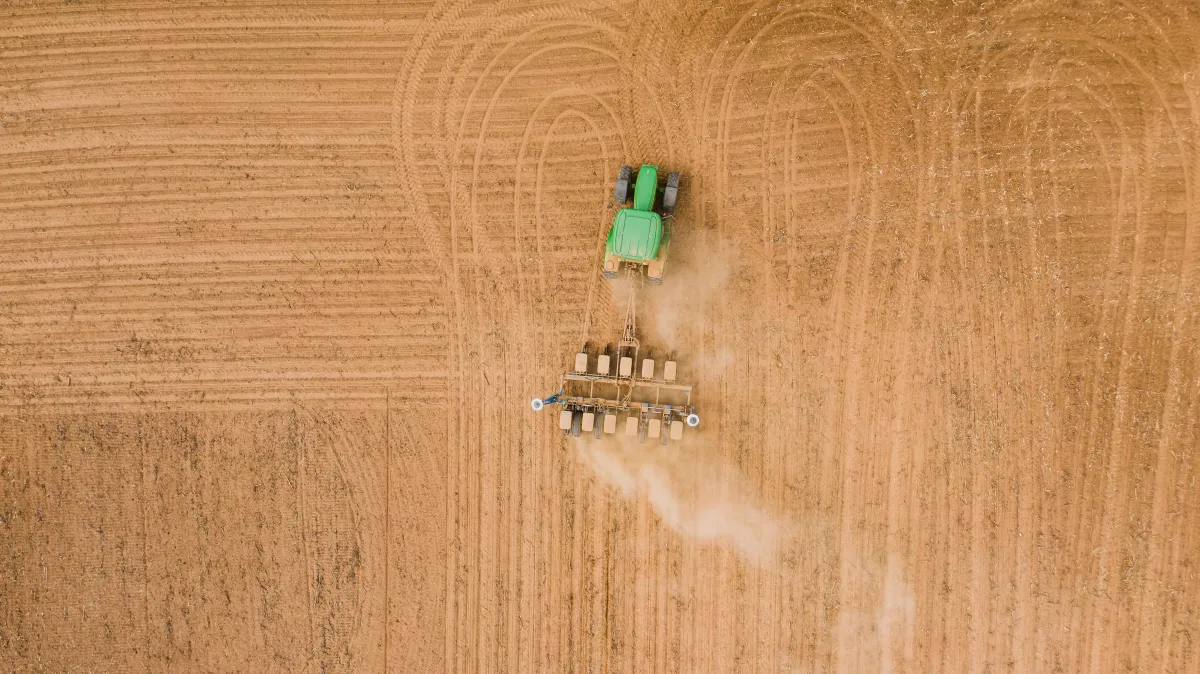
Land Preparation
We provide professional land preparation to create the optimal soil conditions for your crops to thrive. A well-prepared field is the first step to a successful and productive season.
• Clear the Land
• Plow the Soil
• Till the Soil
• Level the Land
• Remove Large Debris
• Fertilize
• Level the Land
• Check and Balance the pH Level
Why these steps are important?
Clear The Land: Setting the Stage for Success
The initial and most visually dramatic step is clearing the land. This involves the removal of trees, shrubs, large rocks, and any other vegetation or obstacles.
Importance:
• Reduces Competition: Weeds and other unwanted plants compete with crops for essential resources like sunlight, water, and nutrients. Clearing the land eliminates this initial competition, giving the intended crop a significant advantage from the start.
• Pest and Disease Prevention: Overgrown areas can harbor a variety of pests, such as insects and rodents, as well as plant diseases. By removing their habitat, farmers can significantly reduce the risk of infestations and infections in their new crops.
• Improved Workability: A clear and open field allows for the efficient and safe operation of farm machinery for subsequent preparation steps like plowing and tilling.
Plow The Soil: Breaking New Ground
Plowing is the process of turning over the topsoil, typically to a depth of 6 to 12 inches. This is often done with a moldboard plow that inverts the soil.
Importance:
• Loosens Compacted Soil: Over time, soil can become compacted, restricting root growth and water infiltration. Plowing breaks up this hardpan, creating a looser, more friable soil structure that is easier for young roots to penetrate.
• Incorporates Organic Matter: Plowing buries crop residues, cover crops, and manure deep into the soil. This decomposition process enriches the soil with valuable organic matter and nutrients.
• Weed and Pest Control: By turning over the soil, plowing can bury weed seeds too deep to germinate and disrupt the life cycles of soil-borne pests and diseases.
Till the Soil: Refining the Seedbed
Following plowing, tilling (or harrowing) is performed to further break down large soil clods into a finer, more uniform texture.
Importance:
• Creates a Fine Seedbed: A fine and crumbly soil structure ensures good seed-to-soil contact, which is essential for uniform germination and seedling emergence.
• Aerates the Soil: Tilling introduces air into the soil, which is vital for root respiration and the activity of beneficial soil microorganisms.
• Improves Water Absorption: A well-tilled soil surface can absorb and retain moisture more effectively, providing a consistent water supply to the developing plants.
Level the Land: Ensuring Uniformity
Leveling the land creates a flat and even surface across the entire field. While it is listed twice in the user's request, its importance is singular and significant.
Importance:
• Uniform Water Distribution: This is arguably the most critical benefit of leveling. On uneven land, water will pool in low spots, potentially drowning plants, and run off from high spots, leaving those areas dry. A level field ensures that irrigation water and rainfall are distributed evenly, giving every plant an equal opportunity to thrive.
• Consistent Seeding Depth: A level surface allows for precise and uniform seeding depth during planting, leading to more consistent germination and crop stand.
• Efficient Machinery Operation: Level fields allow for smoother and more efficient operation of planters, sprayers, and harvesters, reducing fuel consumption and wear and tear on equipment.
Remove Large Debris: A Clean Slate
After the initial clearing, plowing, and tilling, it's crucial to remove any remaining large debris, such as rocks, roots, and sticks that may have been brought to the surface.
Importance:
• Prevents Equipment Damage: Large debris can cause significant damage to expensive farm machinery, leading to costly repairs and downtime.
• Ensures Unobstructed Growth: Rocks and other debris can physically obstruct root growth and interfere with the uniform development of the crop.
• Improves Safety: Removing large obstacles from the field enhances the safety of farmworkers and machinery operators.
Fertilize: Nourishing the Future Crop
Fertilizing the soil before planting provides the necessary nutrients for the crop's initial growth stages.
Importance:
• Provides Essential Nutrients: Soils may be deficient in one or more essential plant nutrients, such as nitrogen (N), phosphorus (P), and potassium (K). Pre-planting fertilization replenishes these nutrients, ensuring that young plants have what they need for vigorous early growth.
• Promotes Strong Root Development: Adequate phosphorus, in particular, is crucial for early root development, which is vital for anchoring the plant and absorbing water and nutrients.
• Boosts Early Vigor: A well-fertilized seedbed gives seedlings a strong start, making them more resilient to pests, diseases, and environmental stresses.
Check and Balance the pH Level: The Chemistry of Success
The final, and scientifically crucial, step is to check and balance the soil's pH level. The pH scale measures the acidity or alkalinity of the soil, with 7.0 being neutral.
Importance:
• Nutrient Availability: Soil pH directly affects the availability of essential nutrients to plants. If the pH is too high or too low, certain nutrients can become "locked up" in the soil and unavailable for plant uptake, even if they are present. Most crops have an optimal pH range for nutrient absorption.
• Microbial Activity: The beneficial microorganisms in the soil that are responsible for breaking down organic matter and cycling nutrients have specific pH preferences. An imbalanced pH can inhibit their activity, reducing soil fertility.
• Prevents Toxicity: In highly acidic soils, toxic elements like aluminum and manganese can become more soluble and harmful to plants. Conversely, in highly alkaline soils, essential micronutrients like iron and zinc may become less available. Balancing the pH mitigates these risks.
✅ What Happens When You Test pH Before Planting?
• You’ll know if your soil is in the right range for your crops.
• You can adjust the pH using lime (to raise pH) or sulfur (to lower pH).
• You save time and money by giving your plants the best growing conditions.

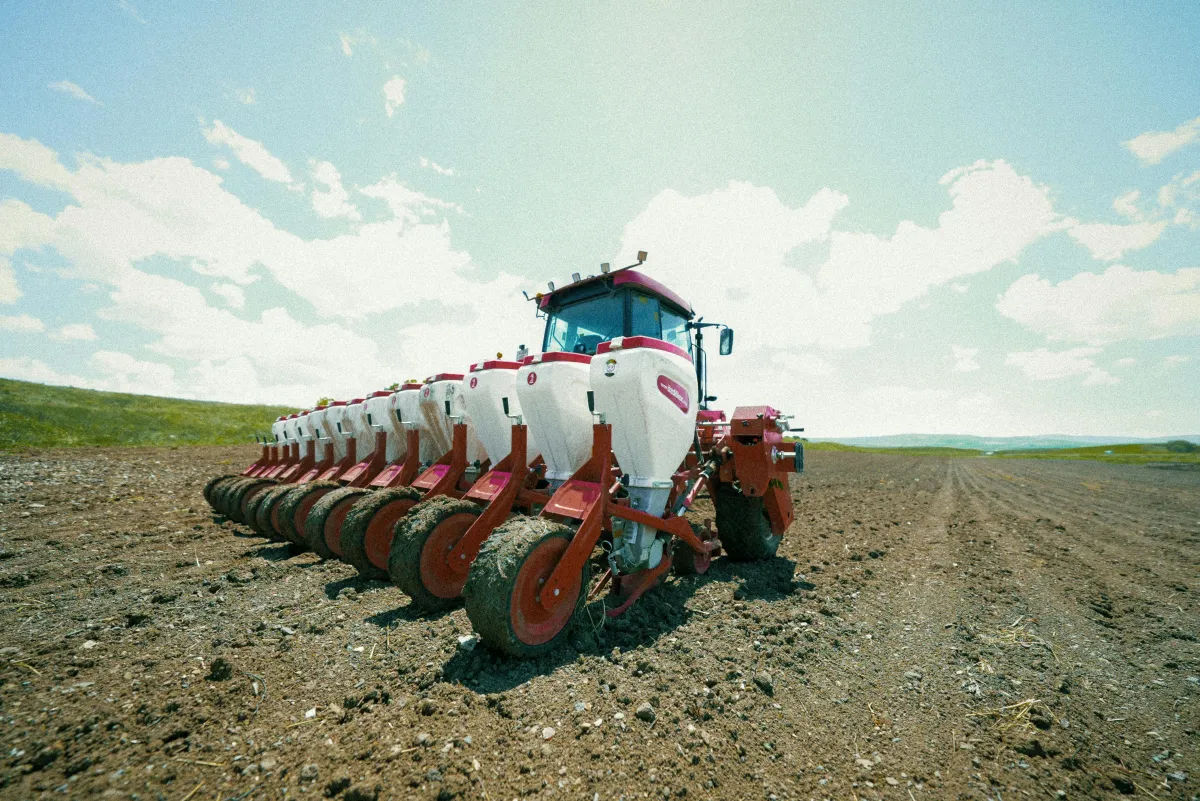
Planting
When it's time to sow the seeds of your next successful season, our professional planting service ensures it's done precisely and efficiently, setting the foundation for optimal growth and yield.
We can plant: Sugarcane, Sweet Potatoes, Ginger, Cassava, and Taro
Our Planting Services Include:
Modern, high-precision planting equipment.
Specialized techniques for various crop types, including sugarcane, cassava, sweet potatoes, and ginger.
Skilled and experienced machine operators.
Benefits of Our Planting Service:
Optimized Plant Spacing for healthier crop development.
Enhanced Germination Rates for a more robust stand.
Reduced Seed Waste through accurate and efficient placement.
Lower Labor & Operational Cost compared to manual methods.
Increased Overall Yield Potential for a more profitable harvest.

Harvesting
When it's time to reap the rewards of your hard work, our professional harvesting service ensures you do it quickly and efficiently, minimizing loss and maximizing your profit.
Our Harvesting Services Include:
Modern, high-performance combine harvesters
Specialized equipment for a variety of crop types.
Skilled and experienced machine operators.
Benefits of Our Harvesting Service:
Faster Harvest Times to protect your crops from weather risks.
Reduced Crop Loss to increase your final take-home yield.
Lower Labor & Operational Cost compared to manual methods.
Increased Overall Profitability for a more successful season.

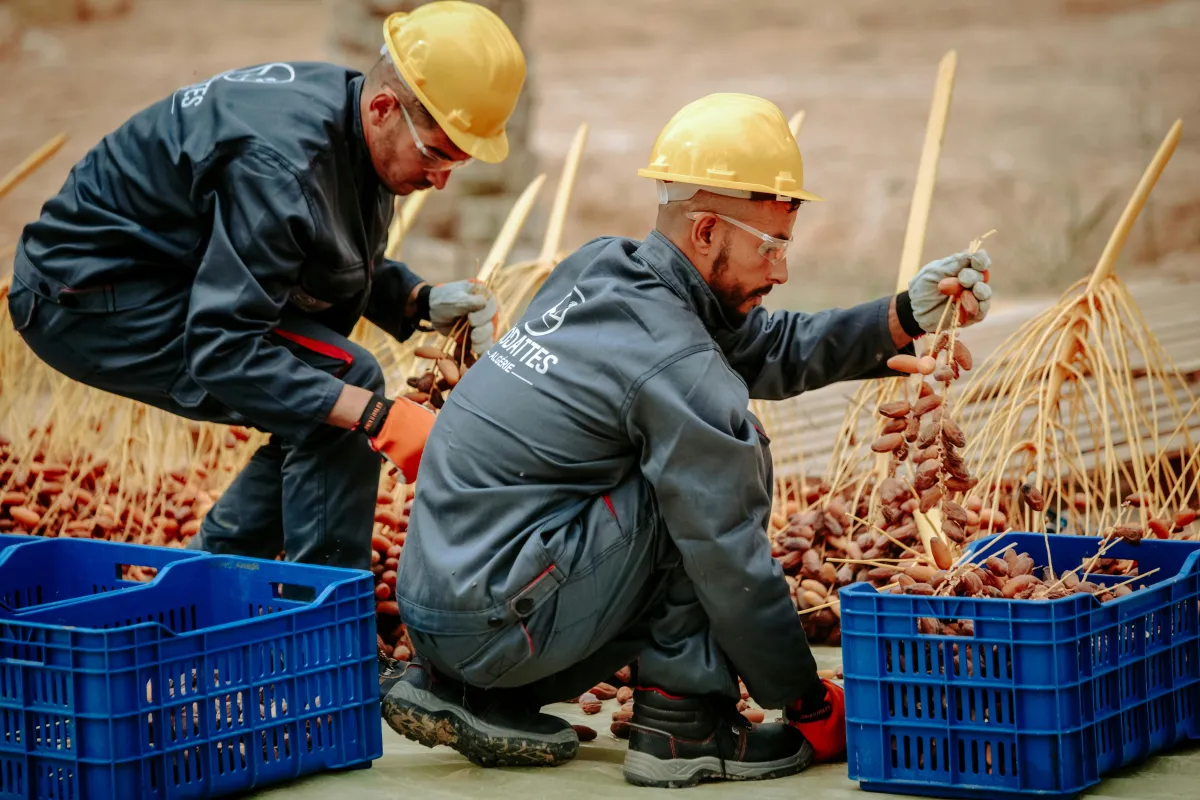
Post-Harvesting
Our post-harvest services protect the quality and value of your hard-earned ani, ensuring you get the best possible price from traders and millers.
Our Harvesting Solutions Feature:
Mechanical Drying: To quickly and safely achieve the ideal moisture content for your grain.
Milling & Shelling: Efficiently processing your palay into rice or shelling your corn.
Sorting & Cleaning: Removing impurities to produce high-quality, market-ready grain.
Secure Bagging: For proper storage or immediate sale.
Benefits of Our Post-Harvesting Service:
Faster Harvest Times to protect your crops from weather risks.
Reduced Crop Loss to increase your final take-home yield.
Lower Labor & Operational Costs compared to manual methods.
Increased Overall Profitability for a more successful season.
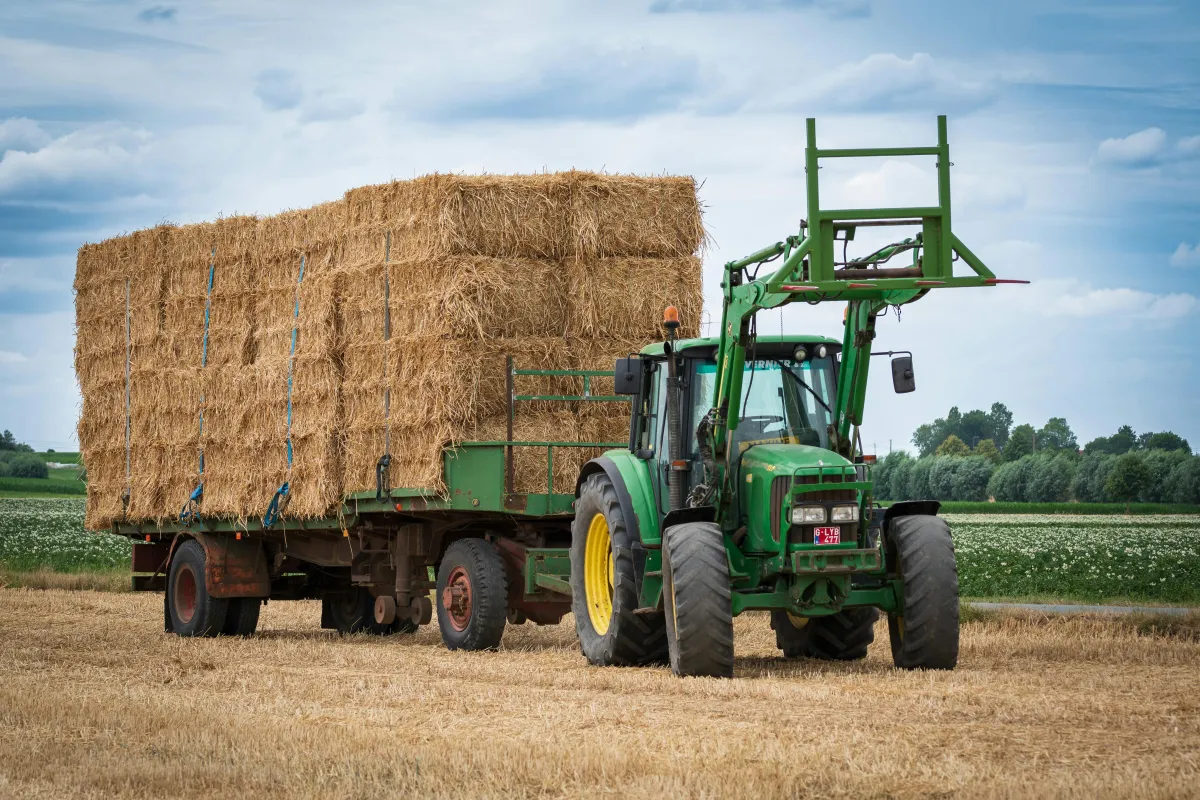
Material Handling
Stop the slow, back-breaking work of moving materials manually. Our material handling service provides the machinery and skilled operators to move your farm supplies and harvest quickly and safely.
We Handle All Your Farm's Heavy Lifting:
Transporting sacks of fertilizer, seeds, and soil.
Moving harvested crops from the field to your storage or vehicle.
Loading and unloading goods for transport.
Efficiently moving other heavy farm supplies and equipment.
Benefits of Our Post-Harvesting Service:
Save Your Strength and prevent costly injuries.
Speed Up Your Entire Operation, from planting to selling.
Reduce Your Need for extra manual labor.
Move More Materials, More Quickly than ever before.

Post-Harvesting

Post-Harvest Management: Secure the Value of Your Harvest
The work isn't over when the crop leaves the field. Our post-harvest services protect the quality and value of your hard-earned ani, ensuring you get the best possible price from traders and millers.
Our Harvesting Solutions Feature:
Mechanical Drying: To quickly and safely achieve the ideal moisture content for your grain.
Milling & Shelling: Efficiently processing your palay into rice or shelling your corn.
Sorting & Cleaning: Removing impurities to produce high-quality, market-ready grain.
Secure Bagging: For proper storage or immediate sale.
Benefits of Our Post-Harvesting Service:
Command a Higher Price for your high-quality crop.
Prevent Spoilage and losses from moisture and pests.
Save Significant Time and back-breaking manual labor.
Meet the Quality Standards of demanding buyers.
Material Handling

Efficient Material Handling: We Do the Heavy Lifting
Stop the slow, back-breaking work of moving materials manually. Our material handling service provides the machinery and skilled operators to move your farm supplies and harvest quickly and safely.
We Handle All Your Farm's Heavy Lifting:
Transporting sacks of fertilizer, seeds, and soil.
Moving harvested crops from the field to your storage or vehicle.
Loading and unloading goods for transport.
Efficiently moving other heavy farm supplies and equipment.
Benefits of Our Post-Harvesting Service:
Save Your Strength and prevent costly injuries.
Speed Up Your Entire Operation, from planting to selling.
Reduce Your Need for extra manual labor.
Move More Materials, More Quickly than ever before.
Fertilizer Spreader
Planting & Farming services
Tilling Service
Cassava, Taro, Ginger Planter
Post-Harvesting

Post-Harvest Management: Secure the Value of Your Harvest
The work isn't over when the crop leaves the field. Our post-harvest services protect the quality and value of your hard-earned ani, ensuring you get the best possible price from traders and millers.
Our Harvesting Solutions Feature:
Mechanical Drying: To quickly and safely achieve the ideal moisture content for your grain.
Milling & Shelling: Efficiently processing your palay into rice or shelling your corn.
Sorting & Cleaning: Removing impurities to produce high-quality, market-ready grain.
Secure Bagging: For proper storage or immediate sale.
Benefits of Our Post-Harvesting Service:
Command a Higher Price for your high-quality crop.
Prevent Spoilage and losses from moisture and pests.
Save Significant Time and back-breaking manual labor.
Meet the Quality Standards of demanding buyers.
Material Handling

Efficient Material Handling: We Do the Heavy Lifting
Stop the slow, back-breaking work of moving materials manually. Our material handling service provides the machinery and skilled operators to move your farm supplies and harvest quickly and safely.
We Handle All Your Farm's Heavy Lifting:
Transporting sacks of fertilizer, seeds, and soil.
Moving harvested crops from the field to your storage or vehicle.
Loading and unloading goods for transport.
Efficiently moving other heavy farm supplies and equipment.
Benefits of Our Post-Harvesting Service:
Save Your Strength and prevent costly injuries.
Speed Up Your Entire Operation, from planting to selling.
Reduce Your Need for extra manual labor.
Move More Materials, More Quickly than ever before.
